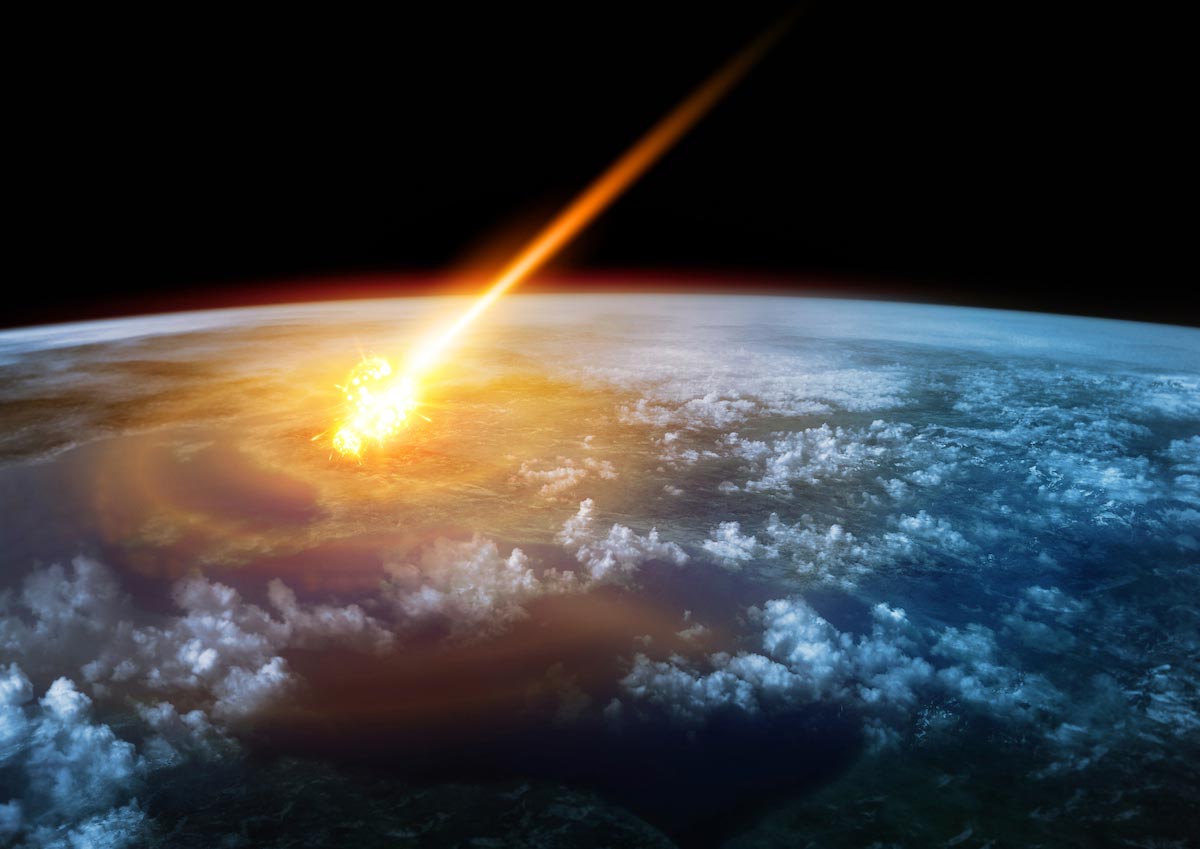
Most Hollywood films that revolve around asteroid impacts end with the heroes successfully blowing up the incoming space rock in the nick of time. But researchers warn that a potential killer asteroid hurtling toward Earth is going to be much harder to stop in real life.
Like many others before them, the Johns Hopkins University (JHU) looked at the amount of force needed to destroy an asteroid heading for Earth. Unlike their predecessors, they concluded that asteroids were sturdier than previously expected, thereby requiring much bigger booms than current asteroid deflection missions have planned for.
The results of their study may prove valuable for other researchers who are developing methods and technologies to stop near-Earth asteroids from hitting the planet. Furthermore, they may also help improve the efficiency of planned asteroid mining missions in the future.
“We used to believe that the larger the object, the more easily it would break, because bigger objects are more likely to have flaws,” said JHU researcher Dr. Charles El Mir. “Our findings, however, show that asteroids are stronger than we used to think and require more energy to be completely shattered.” (Related: Asteroids impacting Mars may explain where all the water came from.)
Asteroids are much tougher than Hollywood movies make them out to be
Researchers previously determined the strength and physical properties of various types of rocks. However, once a space rock reached the size of an asteroid big enough to cause an extinction event, the calculations got unreliable.
To keep things simple, the JHU researchers stuck to a single asteroid impact scenario. They calculated a theoretical space rock with a diameter of 0.62 miles (one kilometer).
In their simulation, the impactor hit a more massive asteroid that measured 15 miles (25 km) across. The impact velocity of the smaller asteroid was 0.6 miles (5 km) per second.
Other researchers investigated this scenario in the past. They reported that the resulting asteroid impact event utterly annihilated the smaller space rock.
However, the JHU team realized that the earlier studies failed to take into account the sluggish rate at which the cracks form within the asteroids. When El Mir and his colleagues added this data to the scenario, they learned that their simulated asteroid collision led to a two-stage process.
During the first stage, numerous cracks appeared and spread throughout the asteroid. The fissures inflicted considerable damage to the core of the rock.
However, instead of breaking apart, the asteroid continued to hold itself together. The damaged but still-sound core retained enough mass to generate gravity.
In the second stage, the asteroid core tugged on the smaller chunks that broke off during the collision, but remained within its gravitational field. The gravity pulled the pieces back toward the core.
Tougher asteroids are bad for the Earth, but potentially helpful for asteroid miners
Asteroid mining operations may be able to take advantage of the predicted behavior during the second stage after the impact. Space miners can hit a mineral-rich part of the asteroid with the assurance that the rock's gravity will pull the debris back toward its surface, minimizing the loss of valuable resources.
As for asteroid impact events, researchers must weight the pros and cons of the available options. Blowing up an asteroid into bits may work on the smaller, flimsier space rocks, while the bigger ones are best pushed away.
“We are impacted fairly often by small asteroids, such as in the Chelyabinsk event a few years ago,” added JHU researcher K. T Ramesh. “It is only a matter of time before these questions go from being academic to defining our response to a major threat.”
Sources include:
Please contact us for more information.


















